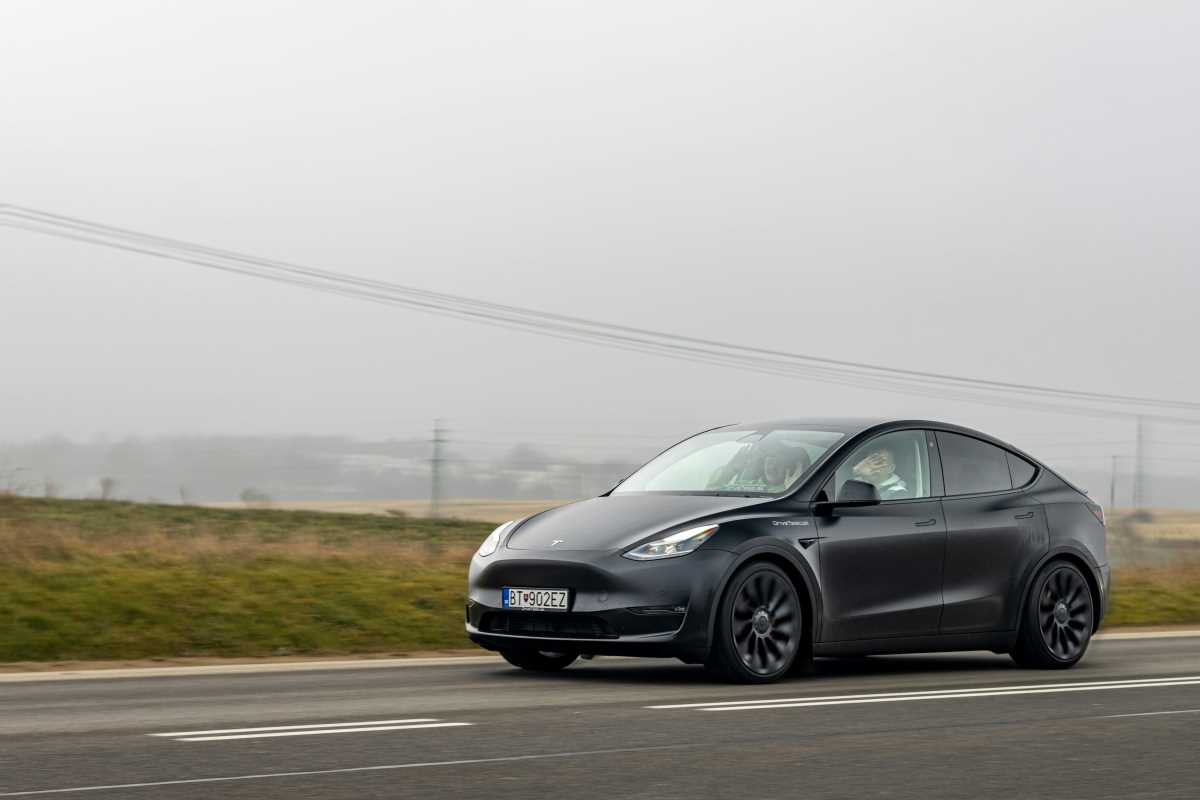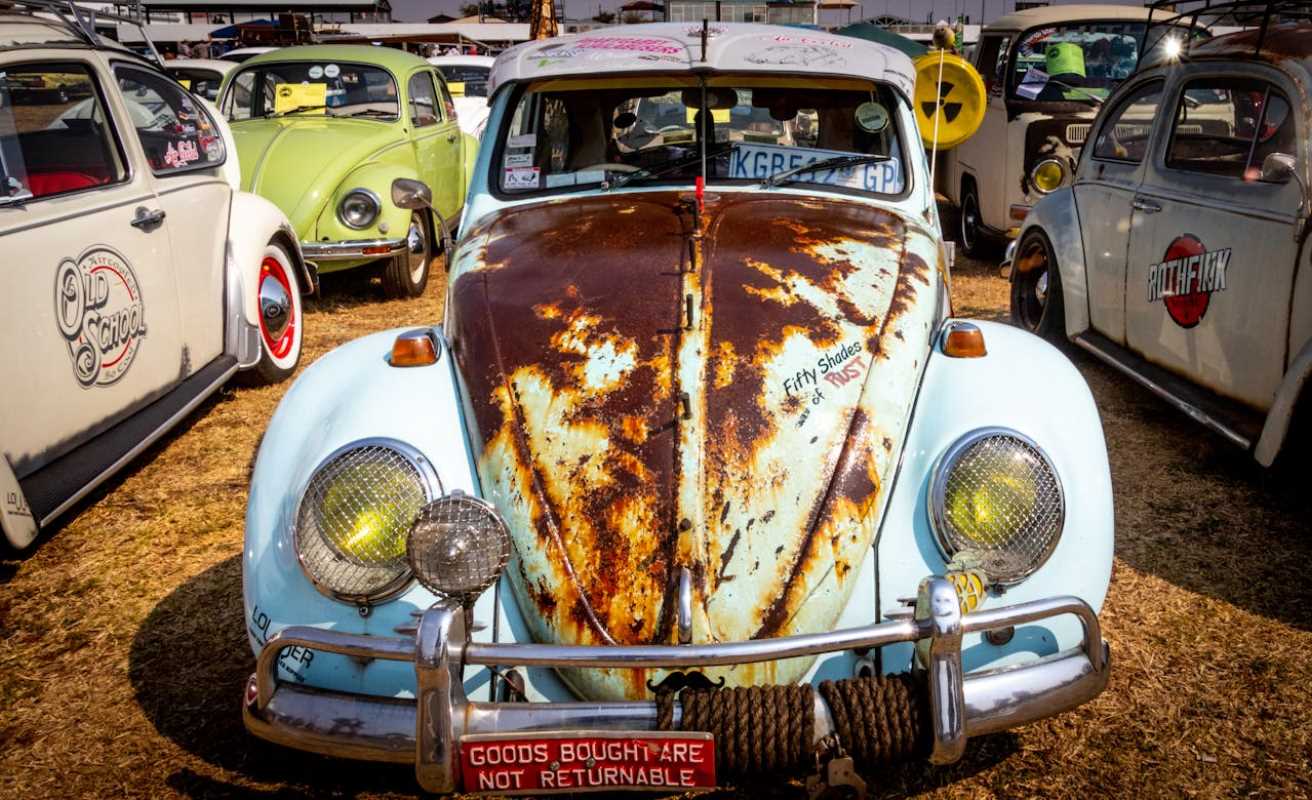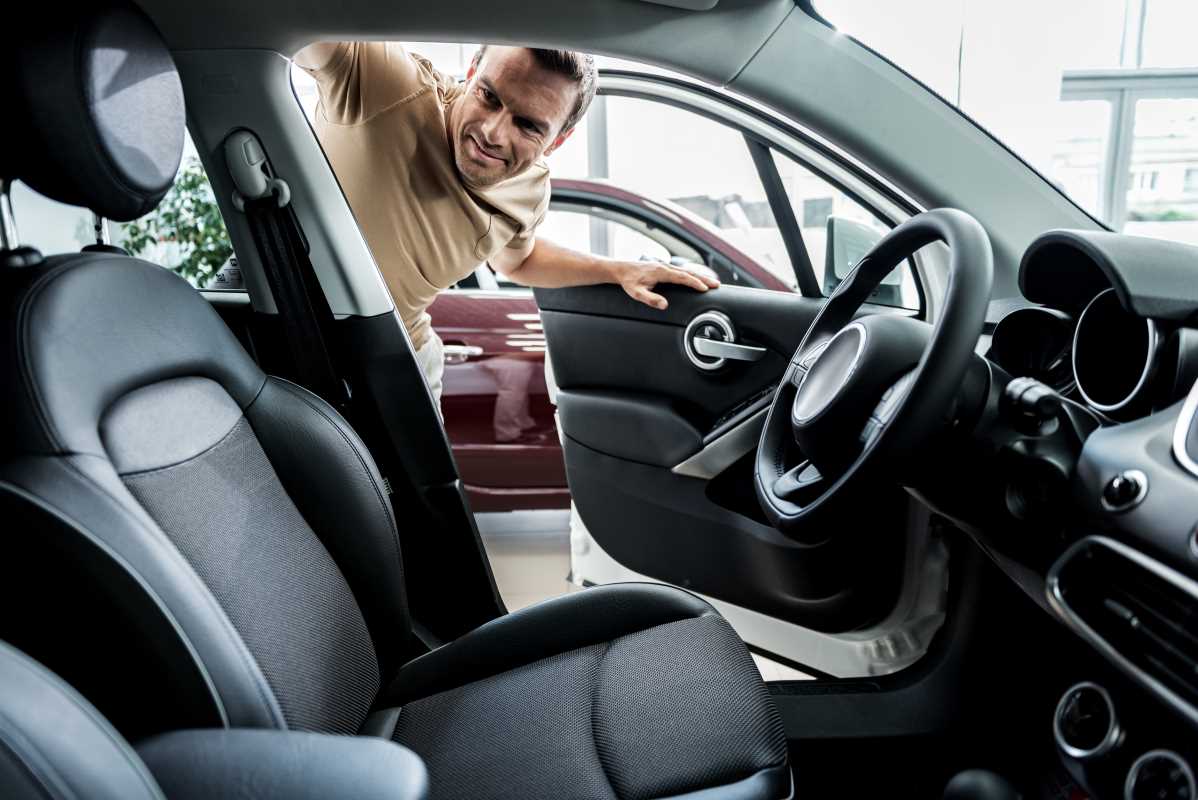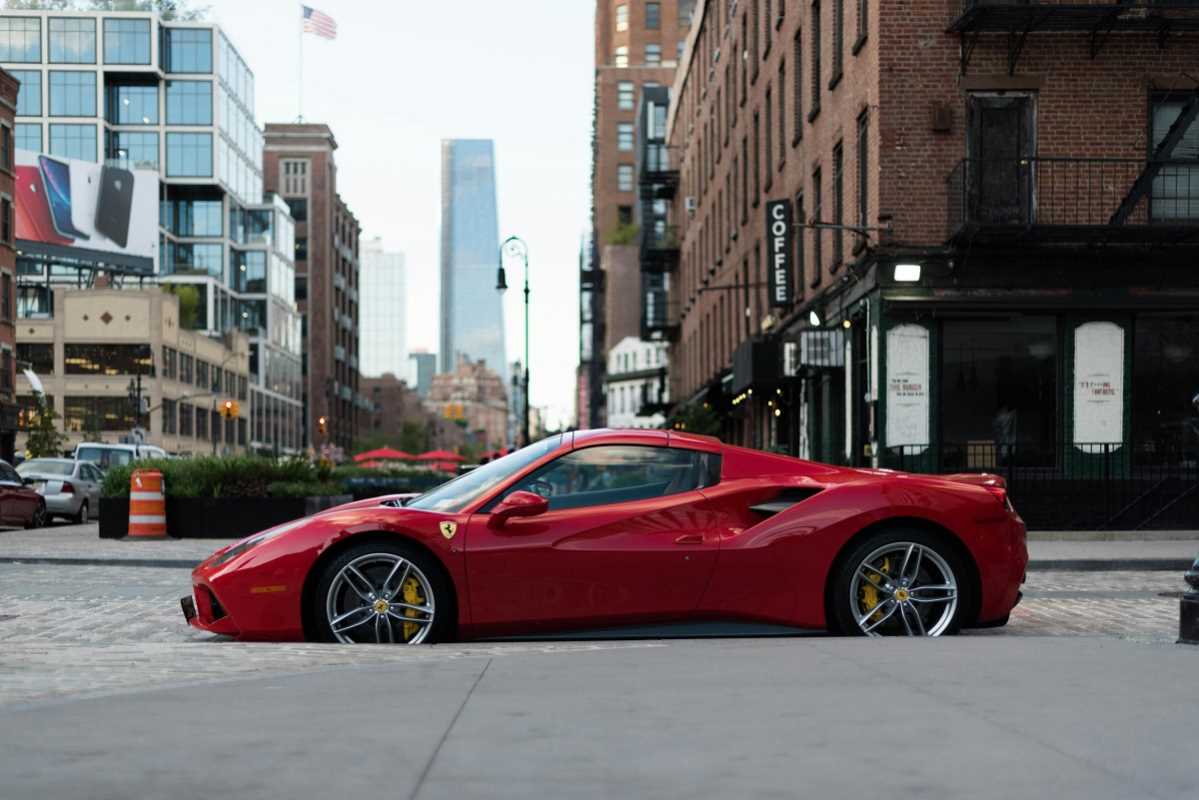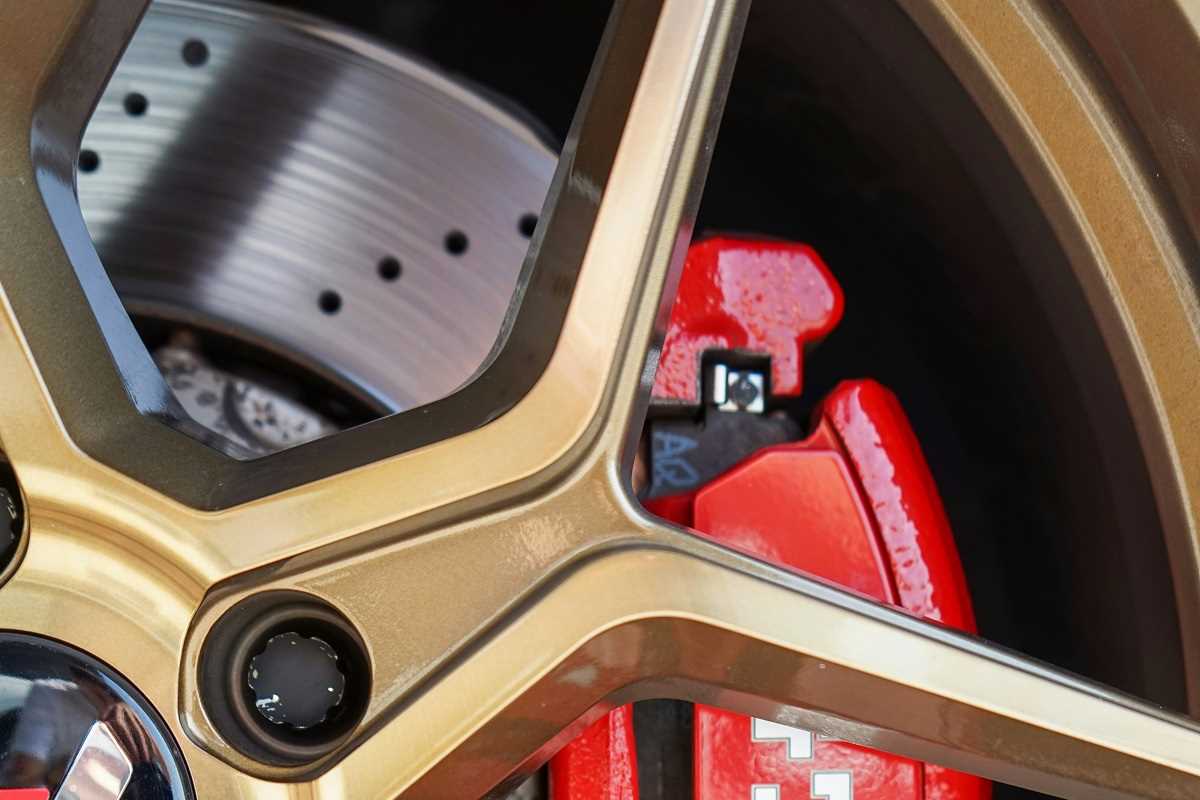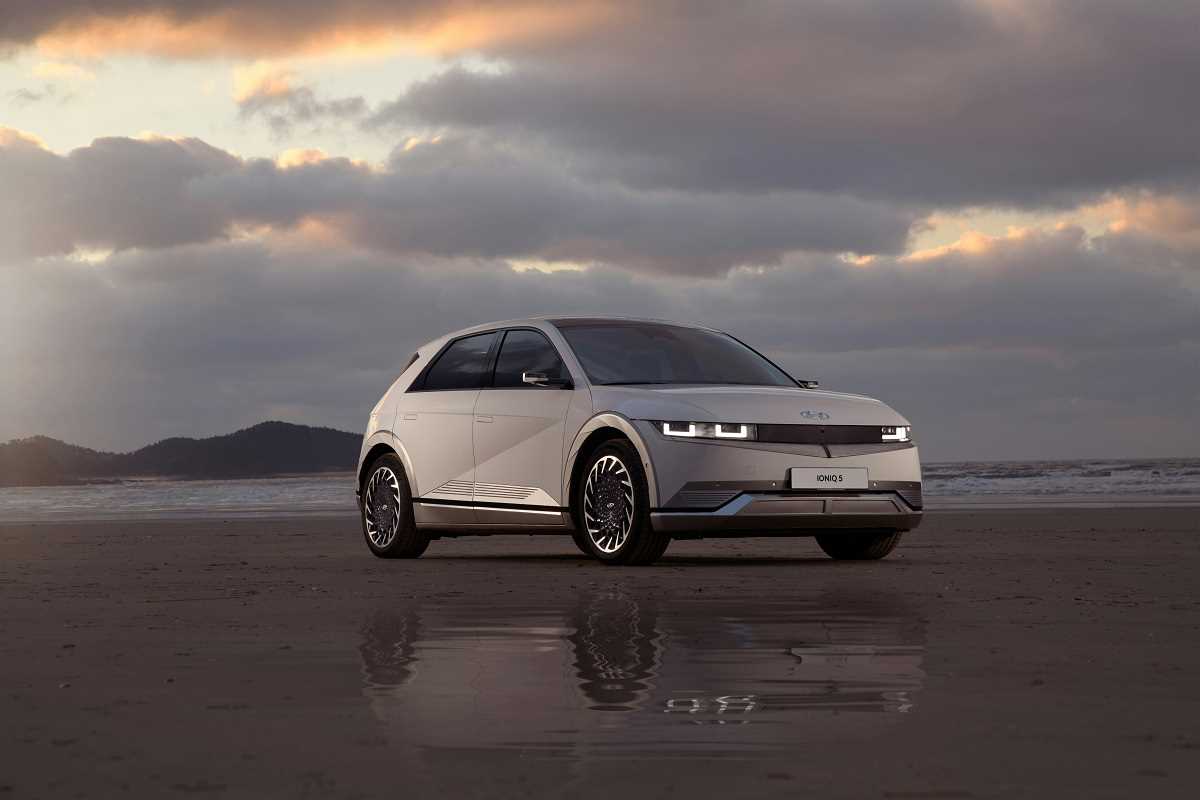The automotive world is rich with iconic brands, storied legacies, and loyal fan bases. Over decades, some companies have risen to legendary status, known for their quality, innovation, and reliability. But even the mightiest can stumble. While some brands continue to shine, others have seen their luster dimmed by the weight of recalls, poor management decisions, or a failure to adapt to shifting trends.
Here, we’re taking a closer look at auto brands that were once held in high esteem but have faced significant challenges that tarnished their reputations. We'll explore what went wrong, how it impacted their place in the industry, and whether redemption might still be on the horizon.
1. Volkswagen
Few controversies in the auto industry have echoed louder than Volkswagen’s infamous "Dieselgate" scandal. Once celebrated as a symbol of German engineering and efficiency, Volkswagen faced global scrutiny in 2015 when it was discovered that the company had installed software to cheat emissions tests.
This revelation was a massive blow to the brand’s standing, especially among environmental advocates. The scandal involved approximately 11 million vehicles worldwide and led to billions of dollars in fines, settlements, and vehicle buybacks.
Why It Hurt:
Volkswagen’s brand identity was tied deeply to trust and innovation. The scandal betrayed consumers’ faith, leaving many hesitant to align themselves with the brand.
Comeback Efforts:
To its credit, Volkswagen has worked diligently to recover. The company pivoted toward electrification, heavily investing in electric vehicles (EVs) and sustainability initiatives. While reputation repair takes time, Volkswagen’s EV lineup, including the ID.4 and ID.Buzz, hints at a brighter future.
2. Lancia
For car enthusiasts, the name Lancia brings to mind sleek body design and rally-race dominance. But this once-beloved Italian brand has drifted into obscurity. Known for models like the Stratos and Delta Integrale, Lancia enjoyed a golden era of automotive brilliance.
What Went Wrong:
Quality control issues and uninspired vehicle designs in the late ’90s and early 2000s caused Lancia to lose its competitive edge. Limited resources under Fiat Chrysler ownership pushed the brand further into irrelevance, as only the Ypsilon, a subcompact car sold primarily in Italy, remains part of its lineup.
The Fallout:
Lancia’s inability to meet modern expectations led to a steep decline in sales and global presence. Its failure hurts more because it held so much promise, capturing hearts with vehicles that balanced performance and luxury.
Hope for Revival:
There may still be hope on the horizon. Recent reports suggest Stellantis (Lancia’s current parent company), is working to reinvent the brand, with a focus on design-led EVs. Only time will tell whether Lancia can regain its iconic status.
3. Cadillac
There was a time when Cadillac was synonymous with American luxury. Pioneering features like tailfins, powerful engines, and plush interiors put Cadillac at the forefront of automotive opulence well into the 20th century. But as competitors advanced, Cadillac’s reputation began to falter.
What Happened?
The brand struggled to keep up with changing market demands throughout the late 1990s and early 2000s. Clinging to outdated designs while European competitors like BMW, Mercedes-Benz, and Audi expanded their foothold in the luxury segment, Cadillac became increasingly associated with an older demographic.
Modern Challenges:
Although Cadillac has revamped its lineup with models like the Escalade and CT5, quality concerns and inconsistent design language have continued to limit its global appeal.
Efforts to Adapt:
Cadillac is making strides with electrification, including the launch of the Lyriq, an all-electric SUV. The company is also working to appeal to younger buyers, but reclaiming its former glory remains an uphill battle.
4. Mitsubishi
Mitsubishi was once a titan of both affordable, dependable cars and high-performance icons like the Lancer Evolution. It had a strong fan base thanks to its rally successes and reliable sedans. Over the years, however, the brand’s focus and reputation have declined.
The Downfall:
Mitsubishi faced issues with aging models and a lack of innovation. Its withdrawal from high-performance vehicles like the Evo series alienated enthusiasts. Complicating matters was an entirely separate scandal in Japan involving claims of falsified fuel economy figures, a trust-breaking moment for the company.
Current Status:
While Mitsubishi’s SUVs, such as the Outlander, still perform relatively well in select markets, it no longer carries the weight it once did in the broader auto industry.
Steps Forward:
The brand has tried to leverage partnerships through alliances (most notably with Nissan and Renault) to improve its offerings. Whether it can recapture the excitement of its glory days remains a lingering question.
5. Jaguar
For most of its history, the Jaguar name has stood for graceful design, comfortable luxury, and performance capabilities. But whispers of unreliability began to stick to the brand in the 1980s and haunted it throughout the following decades.
What Went Wrong:
Plagued by mechanical issues and subpar build quality, Jaguar’s prestige dimmed. Ownership changes (moving from Ford to Tata Motors) created instability, and with new luxury players entering the market, the brand struggled to distinguish itself.
Where Things Stand:
Flagship models like the F-Type and electric I-Pace have been celebrated, but Jaguar has failed to regain the dominance it once held. Its presence in the U.S. market remains limited compared to luxury giants like Mercedes-Benz and BMW.
Looking Ahead:
Jaguar aims to reinvent itself entirely as an all-electric luxury brand. This bold strategy could win over a new audience, but it also runs the risk of alienating longtime fans.
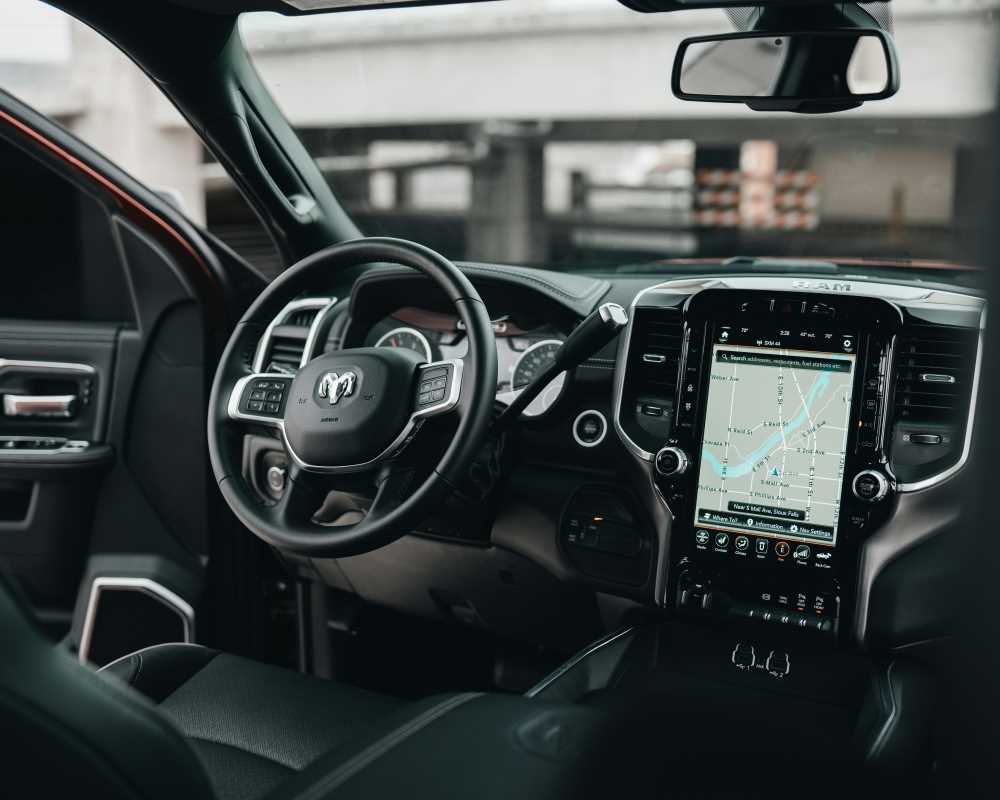 (Image via
(Image via